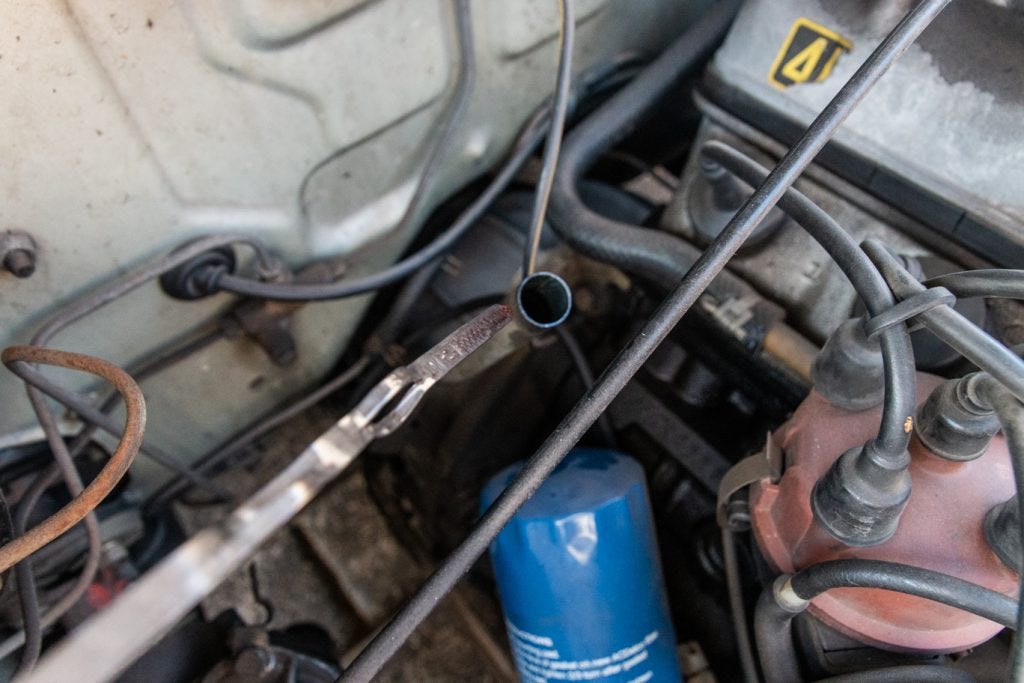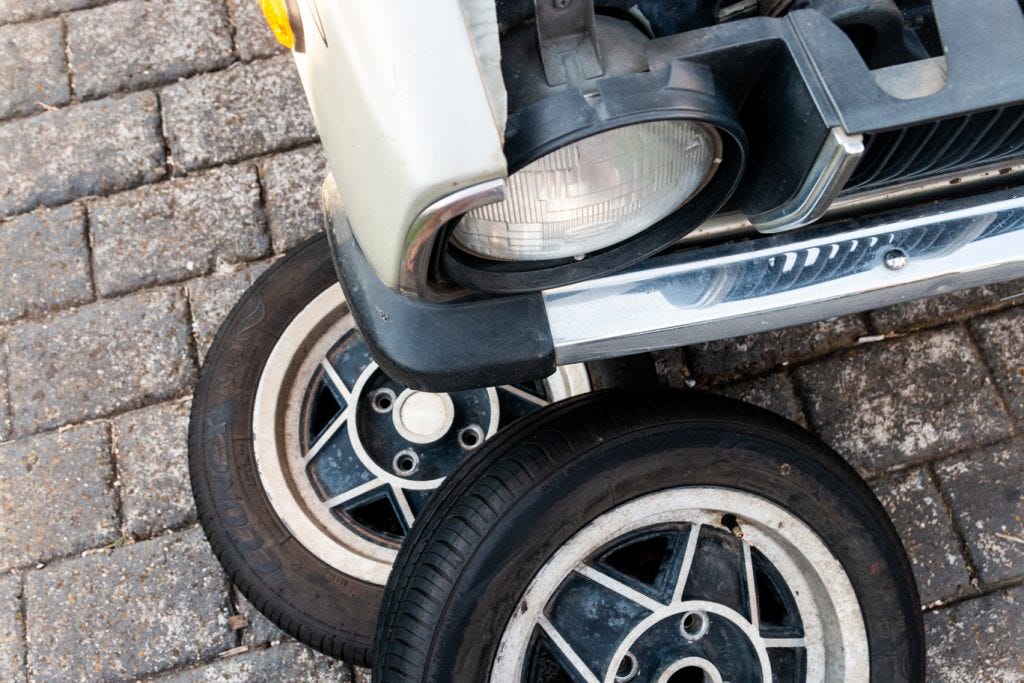When it comes to getting under your bonnet and working on a car, most people are happy to leave it to the professionals. If you own a new car that is under warranty, this is usually a good idea. For the rest of us however, getting your hands dirty shouldn’t be something to be afraid of, and there’s a number of easy and straightforward tasks which can significantly improve the life of your car. It’s important to remember that cars are built to be worked on and maintained, and none of the following tasks are asking you to completely dismantle your engine. Without going into the specifics of each task, use this article more for inspiration which will guide you to further research the steps in doing things yourself. You’ll improve the life of your car, save money by doing things yourself and you’ll also be rewarded with a sense of accomplishment – that’s a win if I’ve ever heard one.


Changing Air & Oil Filters
Replacing your oil and air filters are the cornerstones of servicing your car. This isn’t a case of “if” but “when”. Don’t wait till wear and damage is noticeable. Experts say to change them after every 6 months of regular driving, but as long as they’re replaced every 12 months you should keep a healthy engine. Any time you replace your filter it’s a good idea to change your engine’s oil as well. As long as you don’t mind getting underneath your car this is a fairly straightforward process. For a clear step-by-step guide, read here.
Time: 30 mins
Cost: Air Filter ($20-40) Oil Filter ($10-20) Oil ($50)


Flushing the Radiator
Your engine’s cooling system is detrimental to its lifespan. Hot days will increase the risk of overheating (especially in an older and poorly maintained car) and for many engines, overheating once is enough to incur long-term damage that is often not worth the hassle to fix. The good news is that provided your cooling system functions properly, overheating won’t be an issue. Especially on older cars, the system can build up residue and become clogged affecting its performance. By removing old coolant, performing a few flushes with water and then filling with fresh new coolant, your system will be good as new. A handy tip is to keep flushing the system until the water that runs through it is 100% clear. For a step-by-step guide, you can watch here.
Time: 30 mins
Cost: $30


Changing Spark Plugs
Spark plugs are often one of the first engine components to fail. If they do, it’s not usually anything to worry about, as they aren’t a component that is designed to last forever. Thankfully, these are relatively cheap and easy to replace. They are easy to access and most common tool boxes include a socket specifically designed to remove them. Like your filters, it’s always a good idea to preemptively replace these before wear. Try to change them after every 18-24 months of regular driving. For an easy step by step video, watch here.
Time: 15 minutes
Cost: $6-10 per plug (1 plug per engine cylinder)


Checking Fluids
It’s common for motorists to know that oil needs to be checked and changed frequently, but the other fluids in a car are often neglected. It’s true that your brake fluid, power-steering fluid and transmission fluids don’t need to be changed as frequently, but forgetting to check them altogether can be a recipe for disaster. It’s a good idea to at least check these every few months. Noticeably lower levels will let you know straight away you have a fault or a leak in the system. Flushing and changing these fluids completely can often be better left to the professionals, as their placement in the car can make them tricky to get to. It doesn’t hurt to at least keep these fluids topped up, until you have a qualified mechanic look over the car. For a more in-depth guide, read here.
Time: 15 minutes
Cost: Transmission Fluid ($15*) Power Steering Fluid ($15*) Brake Fluid ($15)


Rotating Tyres
Just like most of the components I’ve just mentioned, wear can be unavoidable. The same certainly applies for your tyres. While it can be impossible to prevent them from wearing, you can slow down the rate at which this occurs by balancing your tyres. Different causes can be responsible for different forms of tyre wear and it’s important to understand them all (this resource is great at explaining them). As a rule of thumb however, your front tyres will almost always wear faster than your rear tyres due to the stress of cornering. Rotating is as simple as constantly changing the location of each wheel to balance out the wear. While it may seem tedious, you’ll often be surprised at the extra life it will give them, and if nothing else is great practise for changing a tyre if you’re ever stuck on the side of the road. It’s recommended to carry out this task every 6 months. For more in depth instructions, read here.
Time: 30 minutes
Cost: Free





